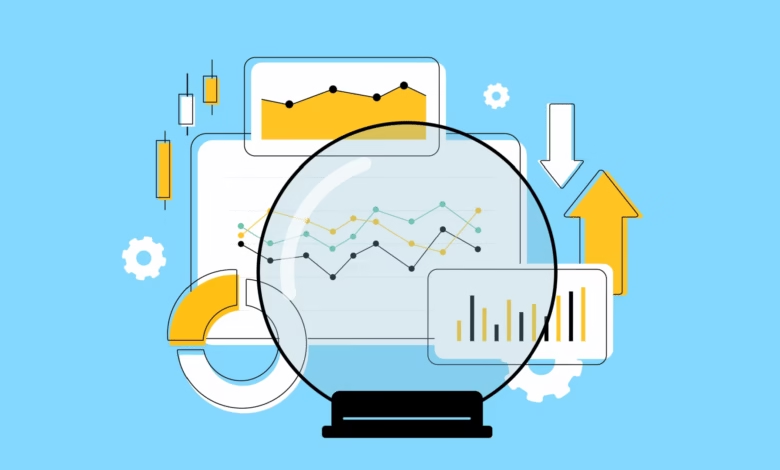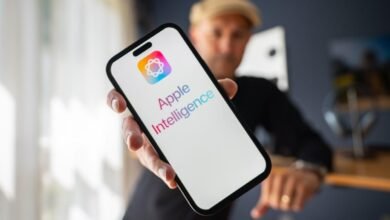SEO Attribution in 2025: Fixing What’s Broken

▼ Summary
– SEO attribution has always been challenging due to long-term impact timelines, external factors like algorithm updates, and difficulty isolating SEO’s influence from other business changes.
– AI-powered search tools like Google’s AI Overviews and ChatGPT are drastically altering user journeys, reducing clicks to websites and making traditional traffic metrics less reliable.
– Current analytics tools struggle to track user interactions with AI-generated answers, leaving SEO teams with limited visibility into how their content influences conversions.
– To adapt, SEO professionals should focus on new metrics like AI visibility, branded search growth, and user engagement signals rather than traditional rankings and traffic data.
– Despite attribution challenges, SEO remains valuable by driving brand discovery and user decisions, requiring updated measurement approaches that emphasize influence over direct clicks.
Measuring SEO success has become increasingly complex as traditional attribution models struggle to keep pace with evolving search behaviors. Marketers now face the challenge of demonstrating value when clicks are disappearing into AI-generated answers and user journeys have become more fragmented than ever before.
The struggle to connect SEO efforts with tangible business outcomes isn’t new. Organic search has always required patience, with results often taking weeks or months to materialize. During that time, countless variables can influence performance – from algorithm updates to seasonal trends or internal website changes that fly under the radar.
Several factors compound these challenges:
- Widespread ad blocker usage limiting tracking capabilities
- Incomplete data in tools like Google Search Console
- Overlapping marketing initiatives that obscure organic impact
- Users who don’t distinguish between organic and paid results
The rise of AI search tools has dramatically altered how people find information. Where users once followed a simple path from query to click to conversion, they now engage in complex interactions with AI assistants. These tools often provide complete answers without requiring website visits, making traditional click-based metrics increasingly unreliable.
AI Overviews in Google and similar features present particular challenges. Even when content ranks well, users may never click through if the answer appears directly in search results. The problem extends beyond Google – platforms like ChatGPT and Perplexity create environments where brands might be mentioned without generating measurable traffic.
Three key strategies can help marketers adapt:
- Focus on AI visibility rather than traditional rankings
- Track engagement metrics that indicate content quality
- Monitor brand search lifts as indicators of influence
Creating custom tracking for AI referral traffic helps maintain some visibility. Regular expressions can identify visits from various AI platforms, allowing marketers to spot emerging trends even with small data samples.
The shift requires new KPIs that go beyond clicks and rankings. Time on site, conversion rates compared to content benchmarks, and feedback from customer-facing teams all provide valuable signals. Monitoring how often brands appear in AI responses – through both tools and manual checks – offers another dimension of measurement.
While the landscape has changed, the fundamental value of SEO remains. Users continue to discover brands through search, even if the paths have become less direct. The challenge lies in developing measurement approaches that reflect this new reality – focusing on influence and momentum rather than direct attribution.
Marketers must embrace these changes while maintaining core SEO best practices. High-quality, structured content performs better across both traditional search and AI environments. Tracking tools and methodologies will continue evolving, but the need for strategic, user-focused optimization remains constant.
(Source: Search Engine Land)






